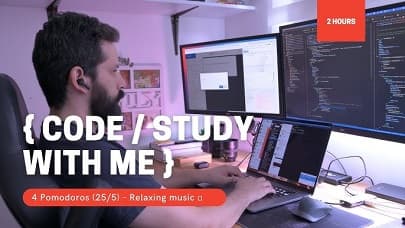Chasing Code in the Quiet Hours
Late-night coding sessions can feel like conversations with your past mistakes. Every bug is a lesson in patience, and every solution is a quiet reminder that persistence beats perfection.
There’s something strangely peaceful about coding when the world goes silent. It’s not the caffeine or the music—it’s the stillness. You start to hear your thoughts more clearly, and suddenly, the problems that seemed impossible hours ago begin to unfold like puzzles you’ve already solved before.

I’ve learned that productivity isn’t about working longer; it’s about finding rhythm. For me, that rhythm shows up around midnight, when distractions fade and only the glow of my screen remains. That’s when ideas move faster than doubts.
I’ve learned that this line should be bold
I’ve learned that this line should be italic
I’ve learned that this line should be strikethrough
I’ve learned that this line should be underlined
I’ve learned that this line should be code
I’ve learned that this line should be subscript
I’ve learned that this line should be superscript
But late nights come with a trade-off. Burnout doesn’t announce itself—it slips in quietly. One day you’re chasing that final commit, the next you’re staring blankly at your terminal wondering why your code feels heavier than usual. The key, I think, is to stop before you’re done. Leave something unfinished so your next session begins with purpose.
Coding isn’t just about writing logic; it’s about learning how to think, how to handle failure, and how to build something meaningful out of chaos. And that’s what keeps me awake some nights—not the bugs, but the possibility that tomorrow’s version of me will understand something I don’t yet see.
So here’s to the quiet hours, the half-finished projects, and the strange satisfaction of watching your ideas take shape one function at a time. Sometimes, the best progress happens when no one’s watching.